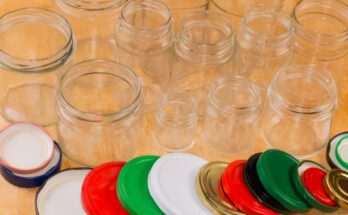The sun is shining, the earth has thawed, and the trees are starting to bloom. Will you be growing your own fruits and vegetables this year? Are you unsure about what crops to sow in the spring? A few springtime fruits and vegetables that are simple to grow, even for beginners, are included below.
When you cultivate your own fruits and vegetables, you can take advantage of all the advantages of gardening. While also obtaining the goodness and nutrients that are unique to homegrown produce. Knowing when to plant, sow, and harvest each crop, as well as the unique characteristics of your region’s environment. And an approximate date for the final frosts, will help you build a container garden that is both beautiful and fruitful all year long.
What spring-related image does your mind immediately conjure up?
Typically, it is the period of time between, or more accurately, a transition between, the winter and summer seasons. Because it is a time of natural renewal for the environment, it is also referred to as the “king of all seasons.
“Nature just embraces the arrival of this season of beauty and gregariousness by extending itself out to get embellished by fresh follicles and flower buds. Recovering from the withering and a wave of sorrow generated by the winter season that makes the atmosphere around us effete. Given that the weather is not too hot or too cold, it is the ideal period to grow a significant amount of veggies.
Are you unsure of the best plants to grow now? We’ve got you, so don’t worry!
We shall discuss the vegetables available in India throughout the spring along with some other crucial details. Vegetable list containing information on how to grow them, the climate conditions they need, and the nutritional value of each vegetable.
A short guide to spring vegetable planting is provided below:
-
CORIANDER
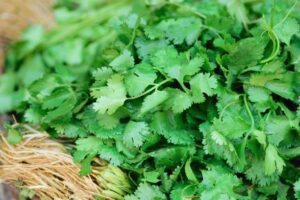 (Photo from istock)
(Photo from istock)
Coriander is undoubtedly one of the most favoured garnishing herbs in Indian families because it has the ability to change a basic meal into a luxurious one. By simply being present on top of it. It becomes a tasty dip after being ground. It can be grown year-round because it is an annual herb. The optimum time to plant it in your garden is during the spring.
It is one of those spring vegetables that may be grown easily because its seed doesn’t need to be transplanted. Instead, it can be seeded directly into the soil. Vitamin C and dietary fibre are both abundant in coriander. Additionally, it is fantastic for your digestive system and eyes as well. Therefore, planting coriander seeds in your yard in the spring is undoubtedly a wise decision.
-
PEPPER PLANT
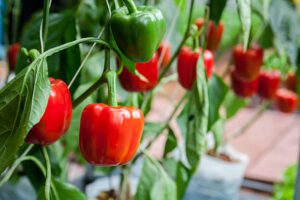 (Photo from istock)
(Photo from istock)
One of the fuss-free and simple crops to produce in the spring is pepper, sometimes known more widely as mirchi. All pepper varieties can be planted in the spring, specifically in February and March. One of the most sought-after spring seasonal plants, it is really simple. Choose a tiny pot that is 8 to 10 inches deep for each plant of capsicum seeds if you want to grow sweet peppers (Shimla Mirch). And then fill it with potting soil. After that, scatter seeds over the earth, cover them with a thin layer of soil, add some water, and you’re ready to go! Different varieties of capsicums are simple to grow at home.
Have a sizable 10 to 12 inch deep pot available to plant the seeds for several types of chili peppers. You’ll feel so happy when you see gorgeous chilies in your backyard garden, so start growing them in your kitchen garden right away as it won’t take much of your time.
-
CAULIFLOWER
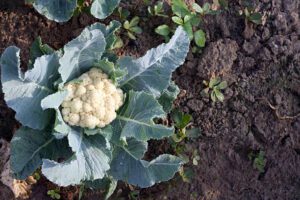 (Photo from istock)
(Photo from istock)
Cauliflower seeds, whose name comes from the Italian word cavolfiore, which means “cabbage flower,” can be planted in India in the spring. Its production is limited by the weather because it needs a moderate daytime temperature and lots of sunlight, which makes it a perfect spring vegetable garden plant .In addition to having few calories and a lot of vitamins, it also has a lot of fibre, which helps with digestion.
-
PEA for spring
 (Photo from istock)
(Photo from istock)
Pea is another in this group of spring vegetables in India. They are simple to raise at home in both the winter and spring. Continuously plant pea seeds starting in November since peas may be grown on a balcony or patio until March. And occasionally even into April, depending on the weather. Making it one of the greatest cultivating vegetable of spring time. Peas are currently cooked, which weakens their cell walls. Increases their sweetness, and increases the bio-availability of their nutrients.
It also offers fantastic health advantages. The fact that peas are a fantastic source of protein and, more importantly, that they are high in fibre. Like the majority of vegetables and fruits, helps to support appropriate blood sugar regulation.
-
PUMPKIN
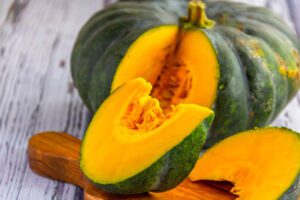 (Photo from istock)
(Photo from istock)
Throughout the nation, pumpkin is adored for its flavour and wealth of health advantages. One of the finest times to produce this veggie is in the spring because these fruits do not thrive in cold winters and need a warmer atmosphere.
To cultivate pumpkin seeds in a pot, you’ll need a big bucket or container, and 100 grams (3.5 oz) of raw pumpkin, which has 110 kilojoules (26 kilo-calories) of dietary energy and is a great source of pro vitamin A beta-carotene and vitamin A.
-
CUCUMBER for spring
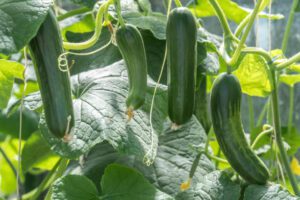 (Photo from istock)
(Photo from istock)
One of those crops to grow in spring is cucumber, which is recognized as an essential organ of the detox diet. Cucumber seeds can be sown in the spring. However, if you’re using a pot for this, you’ll need one that is at least 14 inches in diameter. And you’ll need to water the seeds frequently in the summer.
Cucumbers are mostly water, 4% carbs, 1% protein, and very little fat when they are raw and with the peel on. Food energy in a 100-gram portion is 67 kilojoules (16 kilo-calories). It contains few micro-nutrients; the only one that stands out is vitamin K, a lack of which causes humans’ blood to clot more slowly. In India, cucumber growing is practiced on a large scale.
Hence, these are a few vegetables which you can grow in spring at home on your own.




